In daily transportation, we often use cardboard tube packaging. So, how are cardboard tubes made? In today’s guide, we’ll take a look at how cardboard tubes are made and the impact it has on the environment. Read on to learn more.
1. Step-by-step manufacturing process of cardboard tubes
Most cardboard tubes come in a spiral-wound design that is made stronger with the addition of adhesive. In the first stage of cardboard tube manufacturing, large cardboard is trimmed into narrow strips, then coated with adhesive and wound diagonally around a custom-sized and shaped mandrel. Multiple layers can be applied to the central mandrel depending on the predetermined strength requirements of the finished tube. Cardboard tubes are classified and measured based on the inside rather than the outside, and while they vary widely, most tubes are available in lengths up to 48 inches for strength and elasticity.
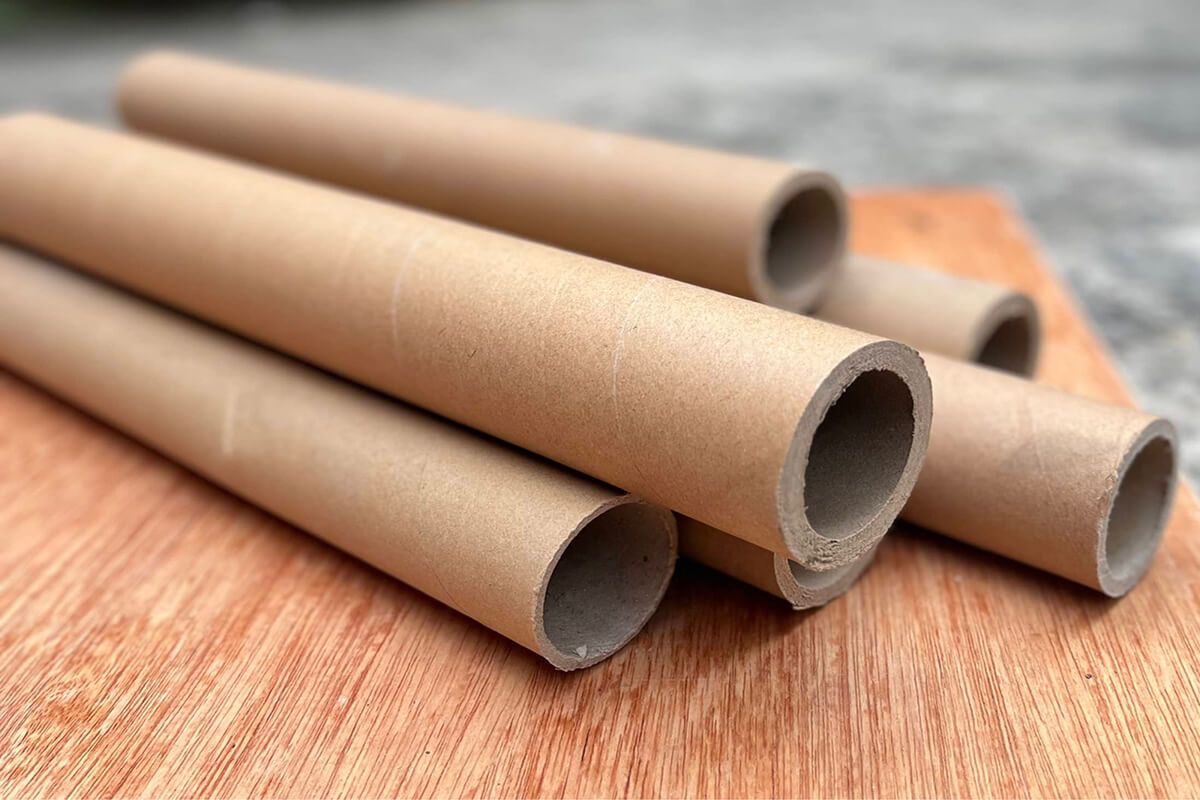
In heavy-duty applications where high-strength waterproof paperboard is required, special adhesives and internal waterproof seals can be incorporated into the manufacturing process. The mixture of wood pulp and resin is precisely shaped and cured and can undergo additional oven curing. During post-forming heat treatment, the pulp is combined with the binder to form a stronger product. This ensures that the finished product is highly durable and better able to retain its shape when affected by humidity or the elements. These properties are important, especially when products must be protected from damage during storage, transportation, and exposure to moisture and open air.
Here are some other common uses for cardboard tubes:
- Paper cores for fabric rolls, toilet paper, kitchen towels, and electrical wires
- Coin bank for collecting donations
- Caulking cylinders used in the construction industry
- Automotive and mechanical grease inserts
- Paper cans used for packaging cosmetics, various foods, and other goods
- Heavy-duty cardboard tubes with high durability are used to form concrete columns in the construction industry.
2. Keep your products safe
Thicker cardboard tubes should be used to store or transport fragile items. The tube needs to be strong enough to prevent bumps, dents, and breakage during transport, and it’s also important to make sure you order the appropriate size tube so the contents don’t shift within the package. In most cases, both ends of the tube are sealed with plastic plugs, one of which is removable (although for mailing purposes, it is sealable, especially if confidential content is involved).
In some cases, each end of the tube is sealed by folding the edges over. Specified pipe sizes take into account wall thickness and enclosed space at both ends. Shipping and mailing tubes tend to be sturdier than boxes, making them ideal shipping containers for products that cannot be folded, such as posters, blueprints, large maps, and artwork.
3. Versatile and sturdy
Common uses for cardboard tubes mainly depend on size, functionality, and industry application. Tubes may include an outer layer of colored, custom-printed foil or paper. When packaging food processing products, this outer layer may include information about the item and/or a logo. For gift packaging, colors and patterns are often printed on the outside of the cylinder.
Modern cardboard tubes are often manufactured using recycled paper, while those made from more durable materials are suitable for reuse, making them a cost-effective alternative to plastic, metal, wood, or glass packaging. Cardboard resources are easy for manufacturing companies to purchase, cut, and recycle, and cardboard tubes can even compete with plastic and metal tubes in terms of strength-to-weight ratio.
This makes them ideal for mailing, shipping, and storage of almost any material. Additionally, the wear-resistant cardboard tube is difficult to dent or break, ensuring adequate protection against heavy loads. That said, it’s worth noting that cardboard is porous and when used for food processing or electrical wiring, additional non-porous layers on the inside or outside may be required to protect against moisture.
Nonetheless, cardboard tubes are durable, versatile, and renewable, providing an excellent solution for many industrial and commercial tubing needs.
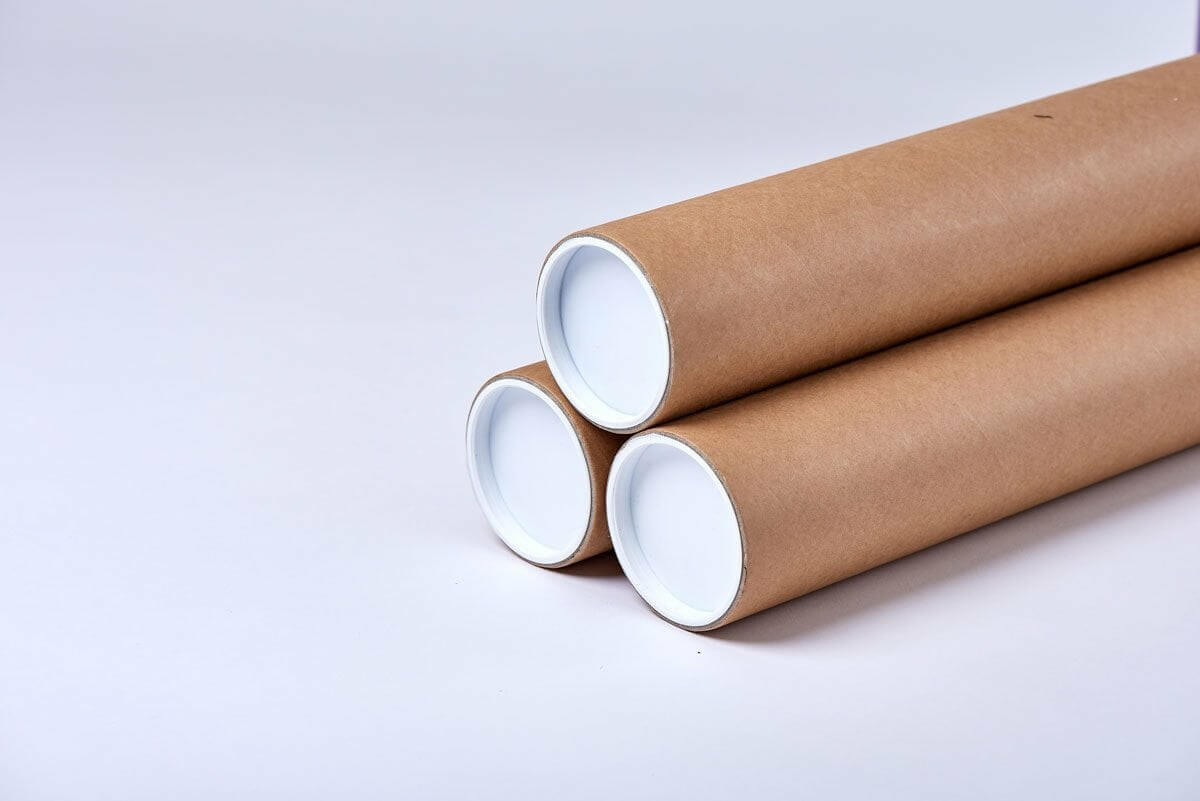
4. Are cardboard tubes environmentally friendly?
Cardboard tube packaging is an inevitable part of every business. Packaging materials can have a huge impact on a business – it can make or break it. Today, sustainable packaging is becoming more common as companies choose to use environmentally friendly packaging. Businesses are making this big shift as millennials want to become more socially and environmentally friendly. They don’t want to contribute to the ever-growing amount of toxic packaging waste, so they prefer to buy from brands that sell and package eco-friendly goods. This means that when you use eco-friendly packaging, in addition to helping the environment, you also promote your business and create brand awareness.
Environmental protection has become more than just a buzzword. It went from being seen as a choice to now becoming a necessity. Think about the lessons you learned in school – reduce, reuse, and recycle. Try implementing it in your business. This will go a long way in increasing brand loyalty among eco-conscious consumers.
Cardboard tubes are a common packaging material. They are versatile and can be used in a variety of products. But if you’re someone who cares about the environment, there’s no doubt you’re worried about its nature. Are they really environmentally friendly? Cardboard tube packaging is one of the most popular low-cost and eco-friendly packaging options across most industries. We have good reason to say so. Consider the following reasons:
1) Cardboard comes from renewable resources
The environmental advantages of cardboard tubes can be seen from their origin. It is derived from wood pulp or recycled cardboard material that is processed into kraft paper. Both are renewable resources. Unlike other alternatives such as plastics from non-renewable resources, they do not harm the environment.
2) Cardboard tubes reduce your carbon footprint
When we consider plastic packaging, cardboard packaging is very eco-friendly as it reduces the carbon footprint. Plastics are primarily made from fossil fuels, and the extraction process of oil increases the carbon footprint. In addition, plastic production accounts for nearly 3.8% of total global greenhouse gas emissions. On the other hand, the production of cardboard mailers accounts for only 1% of global greenhouse gas emissions. For example, producing 1 kilogram of plastic has a carbon footprint of 6 kilograms, which is 12 times higher than the carbon footprint of cardboard or paper tubes. times.
Unlike plastic, cardboard tubes are fully recyclable and can be recycled at a higher rate. After recycling, they can be used as raw material for the production of new cardboard tubes and other cardboard products. This in turn reduces the carbon footprint as recycled paper tubes require less energy to manufacture. Cardboard tubes are lightweight and are much lighter compared to other packaging materials such as wood, plastic, and metal. Therefore, you can transport a large number of products packaged in paper tubes using the same amount of fuel. This will again reduce your carbon footprint.
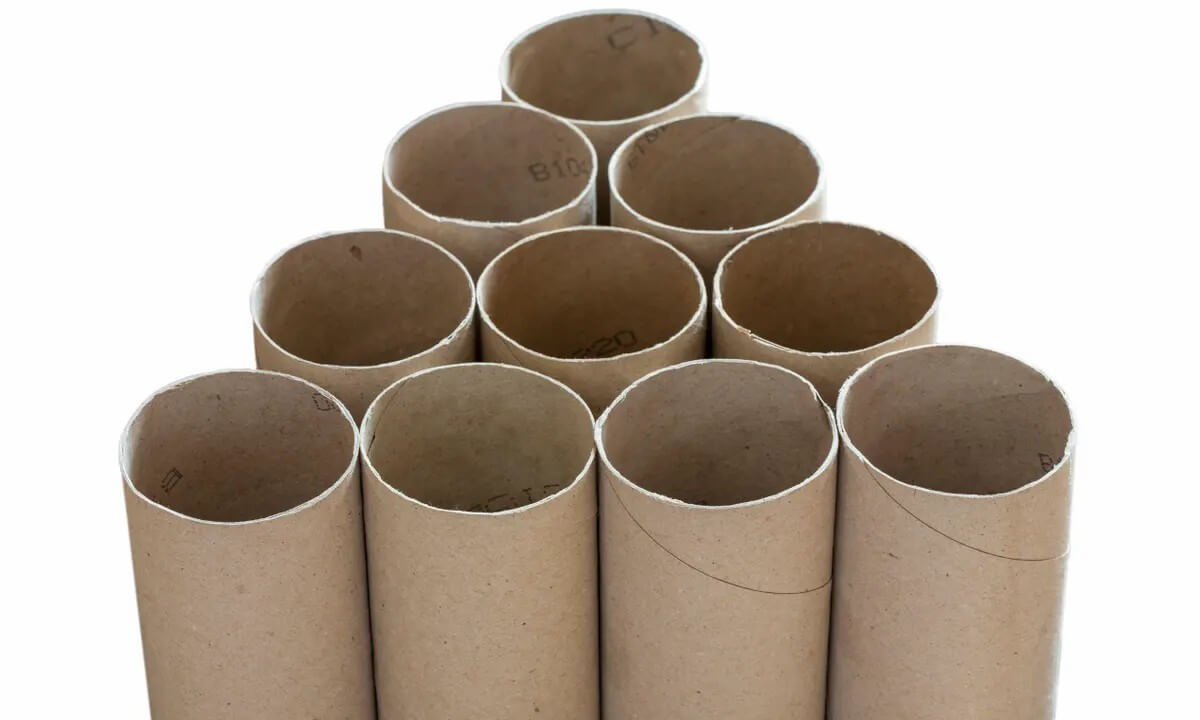
3) Recycling cardboard tubes is easy
Worldwide, paper and cardboard are recycled more widely than plastic. Although plastics are recycled, recycling rates are low. In the EU, only 40% of plastics are collected for recycling, and mostly only PET and HDPE plastics are collected and recycled. And 31% are disposed of by other methods such as incineration. Cardboard, on the other hand, is highly recyclable. In the EU, paper and cardboard recycling rates exceed 80%. An additional 7% is recycled through incineration. Since cardboard is highly recycled, it doesn’t end up on the ocean floor and in landfills.
Moreover, since paper tubes do not contain toxins, they will not cause adverse effects on society. The EU paper and cardboard recycling rate exceeds 80%. Another 7% is recycled through incineration. As a result, paper tubes do not end up in landfills and seabeds in excess.
4) Disposal and waste management
Biodegradable cardboard tubes take less time to break down than plastic tubes. It only takes 2-3 months to decompose in the soil. Therefore, cardboard tubes without additional lining and printing are completely safe for the environment.
5. How to reuse cardboard tubes?
An item can be called an environmentally friendly item only if it can be reused. Well, there are many ways to reuse cardboard tubes. Cardboard tube crafts are one of the best ways to achieve this. Let’s consider some ideas.
1) wrapping paper
store wrapping paper challenge for many. However, you can easily do this by cutting the cardboard tube lengthwise and sliding the wrapping paper around. It holds the paper in place and prevents it from unraveling.
2) Gardening
You can use these tubes to seed your garden. Press part of the edge down and do the same with all edges until you have a flat surface. You can then fill the tube with potting mix and plant the seeds. Once they are large enough, you can plant them in the garden using tubes. You can grow a variety of plants in a large cardboard tube.
Considering all the above facts, we may conclude that they are completely environmentally friendly. Remember, however, that they are produced in paper mills. These factories are among the largest contributors to chemical pollution that contributes to air and water pollution. They are the fifth largest energy consumer. Going forward, although they are biodegradable elements, we cannot confirm that they are completely environmentally friendly. However, due to their ability to be recycled and reused, they have a smaller ecological impact than their alternatives.
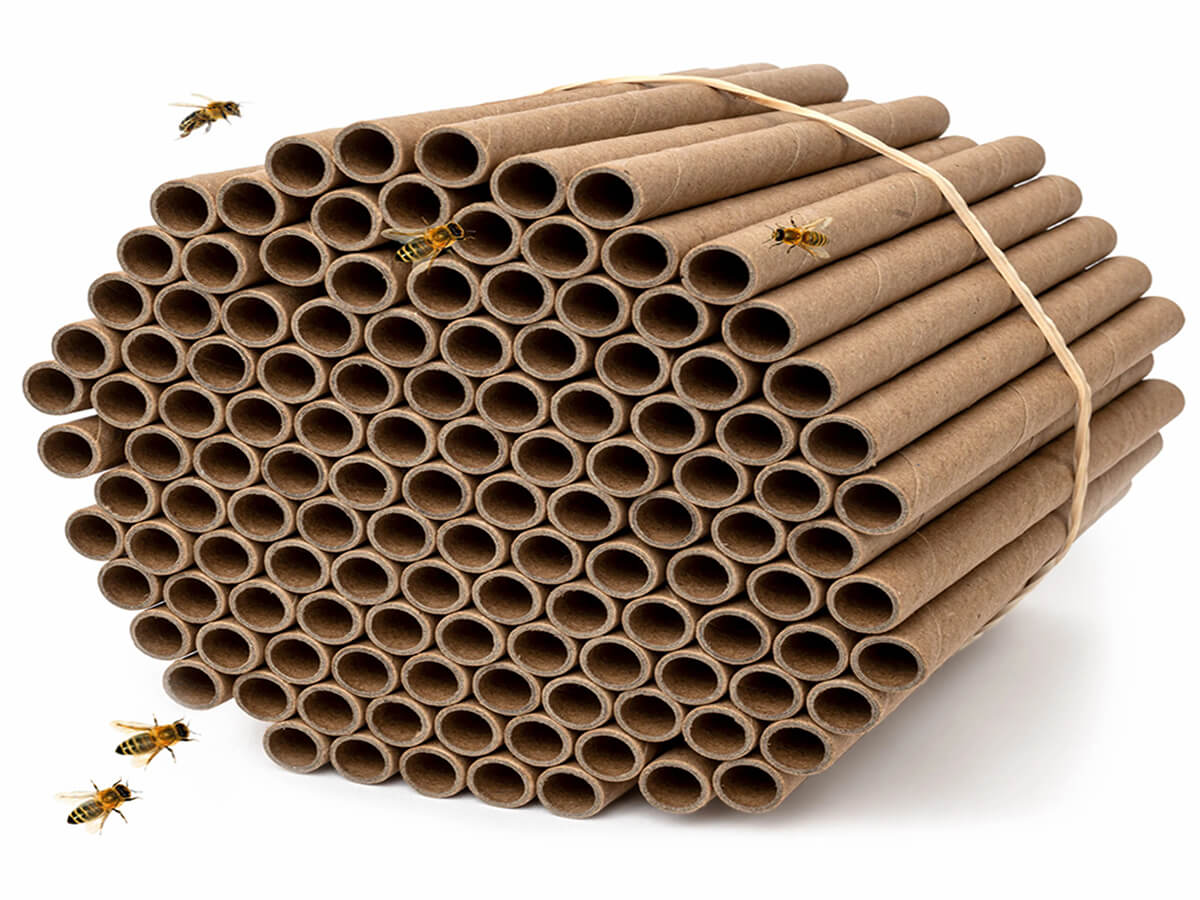
6. Conclusion
The above is the process of making cardboard tubes and whether it is environmentally friendly. Cardboard tubes are very environmentally friendly compared to other packaging. Therefore, we should use cardboard tubes to package goods as much as possible. If you have an idea for wholesale cardboard tubes, please contact Hopakpackaging.

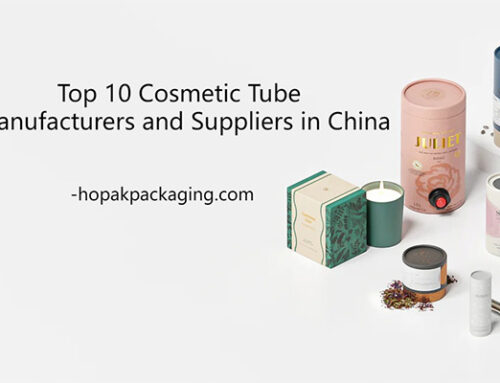
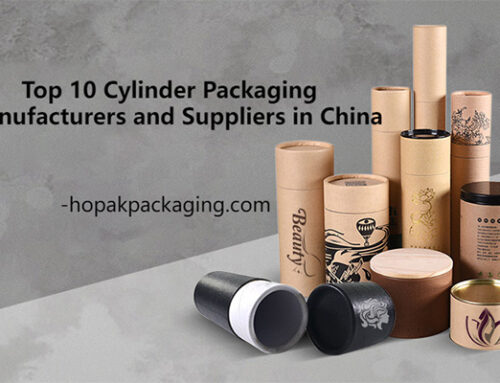
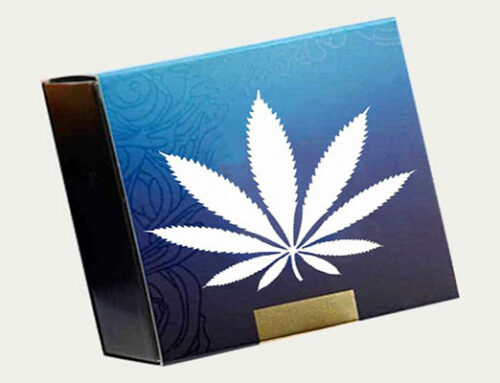
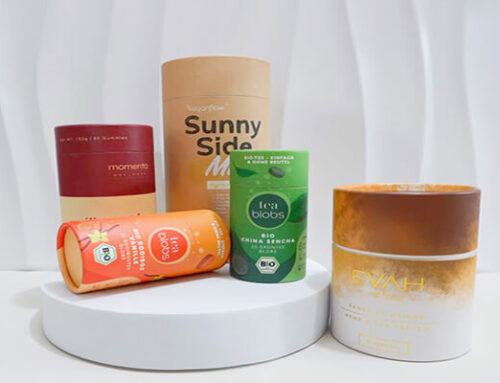
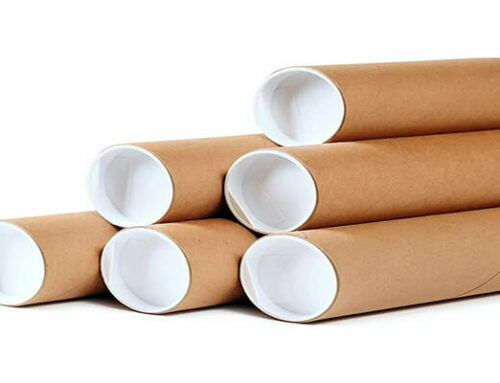
Leave A Comment